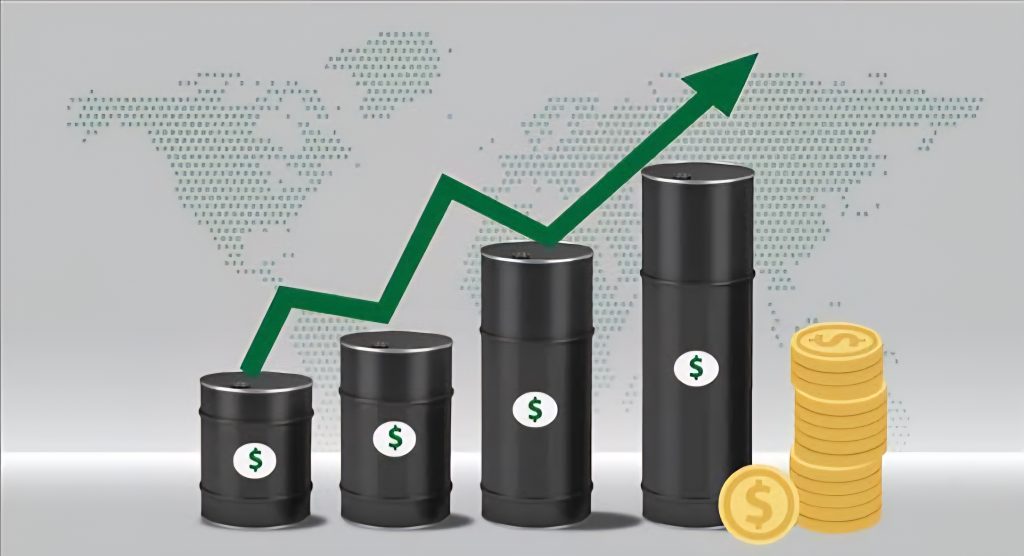In an exclusive interview with CNBC, energy markets expert and CEO of RanaDrill Energy, Choeib Boutamine, provided a comprehensive analysis of recent oil price fluctuations, the waning impact of Middle Eastern tensions, and the decisive role of global trade negotiations. As the market steadies around $67–$68 per barrel, key insights emerged on what truly drives prices today—and what to expect from upcoming OPEC decisions.
Return to Stability After a Stormy Period
To begin with, Boutamine highlighted how oil markets have recently stabilized, returning to pre-war levels after a brief surge triggered by tensions in the Strait of Hormuz. « Just before June 13, oil prices were at $68. Now, it’s as if the fog of war has lifted, » he explained, noting that the risk premium—a temporary price increase due to perceived geopolitical threats—has effectively disappeared.
Geopolitical Tensions and the Role of Excess Supply
Moving forward, the expert pointed to the rapid escalation of oil prices—from $68 to nearly $80—as a direct result of initial fears surrounding the conflict. However, he emphasized that the market was already saturated. « Since April, OPEC has been increasing output, and by early July, it will have added approximately 1.37 million barrels per day. » This oversupply helped buffer the impact of geopolitical instability.
Was the $10 Risk Premium Justified?
When asked whether the market’s $10 risk premium was adequate, Boutamine argued that it may have even underestimated the strategic significance of the Strait of Hormuz. Nevertheless, he noted, the excess supply from OPEC and available alternatives—such as Saudi Arabia’s backup pipeline of over 5 million barrels per day—mitigated the potential shock. « That’s why prices didn’t jump to $90 or $100, as many had anticipated, » he added.
Summer Demand and the Trade War Factor
Additionally, He underlined seasonal factors. « Summer naturally boosts demand for gasoline, diesel, and mobility-related products. » But more critically, he stressed the influence of the ongoing trade war between the U.S. and China. According to him, recent preliminary trade agreements with China and India have become the primary factors shaping oil prices today.
Caution Ahead of the Upcoming OPEC Meeting
Turning to future developments, Ranadrill’s CEO urged caution regarding OPEC’s next meeting, scheduled in just over a week. While he has generally supported increasing output, he advised a pause. « With 1.37 million barrels already restored, the market is sufficiently supplied. It would be wise for OPEC to wait until August and assess the progress of U.S.–China negotiations. »
Why Trade Negotiations Matter More Than Ever
The same expert elaborated on the deep interlinkage between global diplomacy and energy markets. « When the U.S. announced tariffs on April 2, oil prices dropped by $10. » He believes that adding more supply before trade talks conclude could destabilize the market. « Neither the U.S. nor China benefits from a Strait of Hormuz closure. Iran exports 1.8 million barrels a day to China—any disruption would harm both economies. »
In closing, Boutamine’s analysis underscored a new reality in oil markets: while geopolitical tensions still matter, global trade dynamics now play a more decisive role. As the world waits for the next OPEC decision and the outcome of high-stakes negotiations, oil prices remain delicately balanced between diplomacy and supply logistics.

